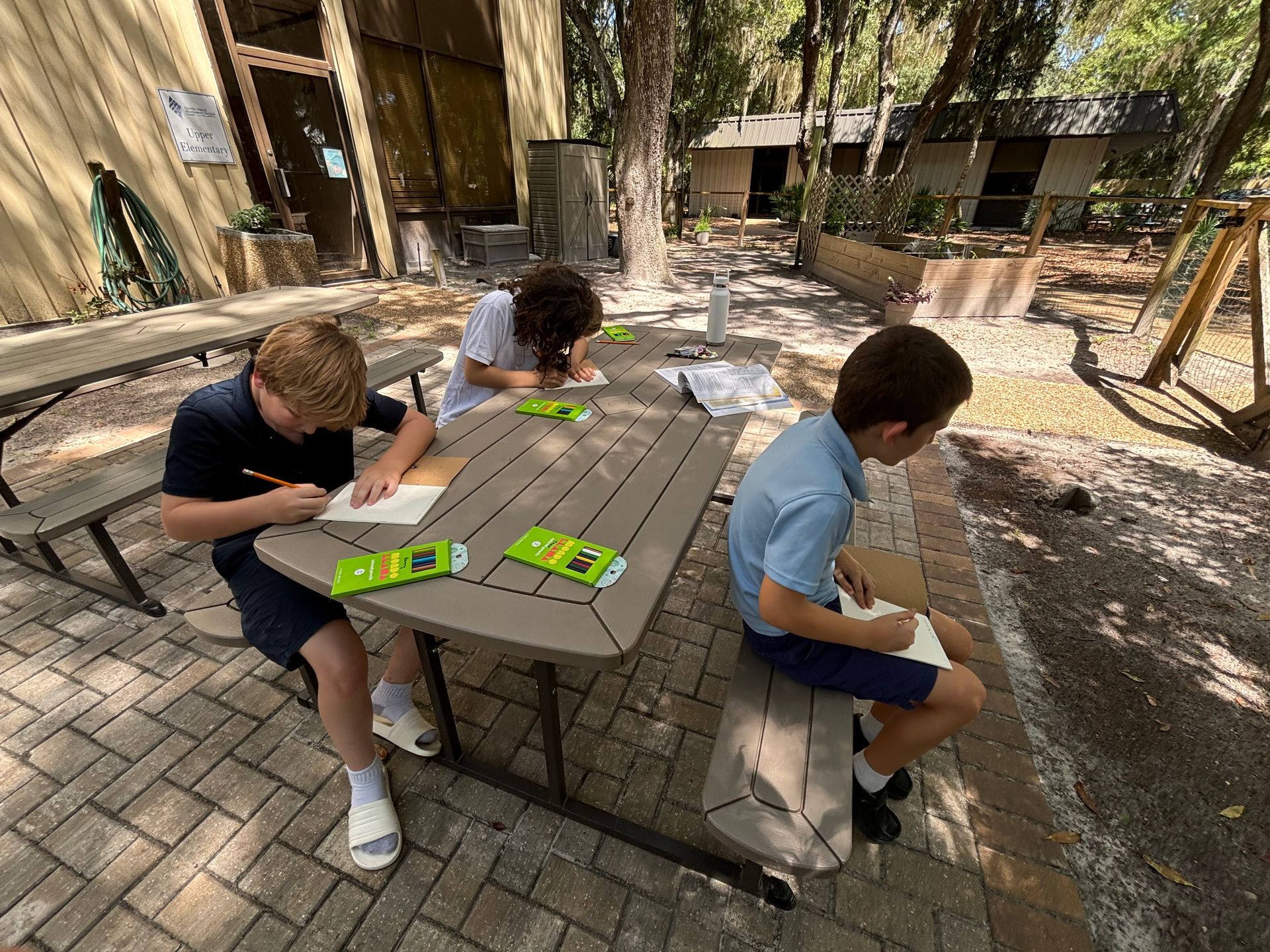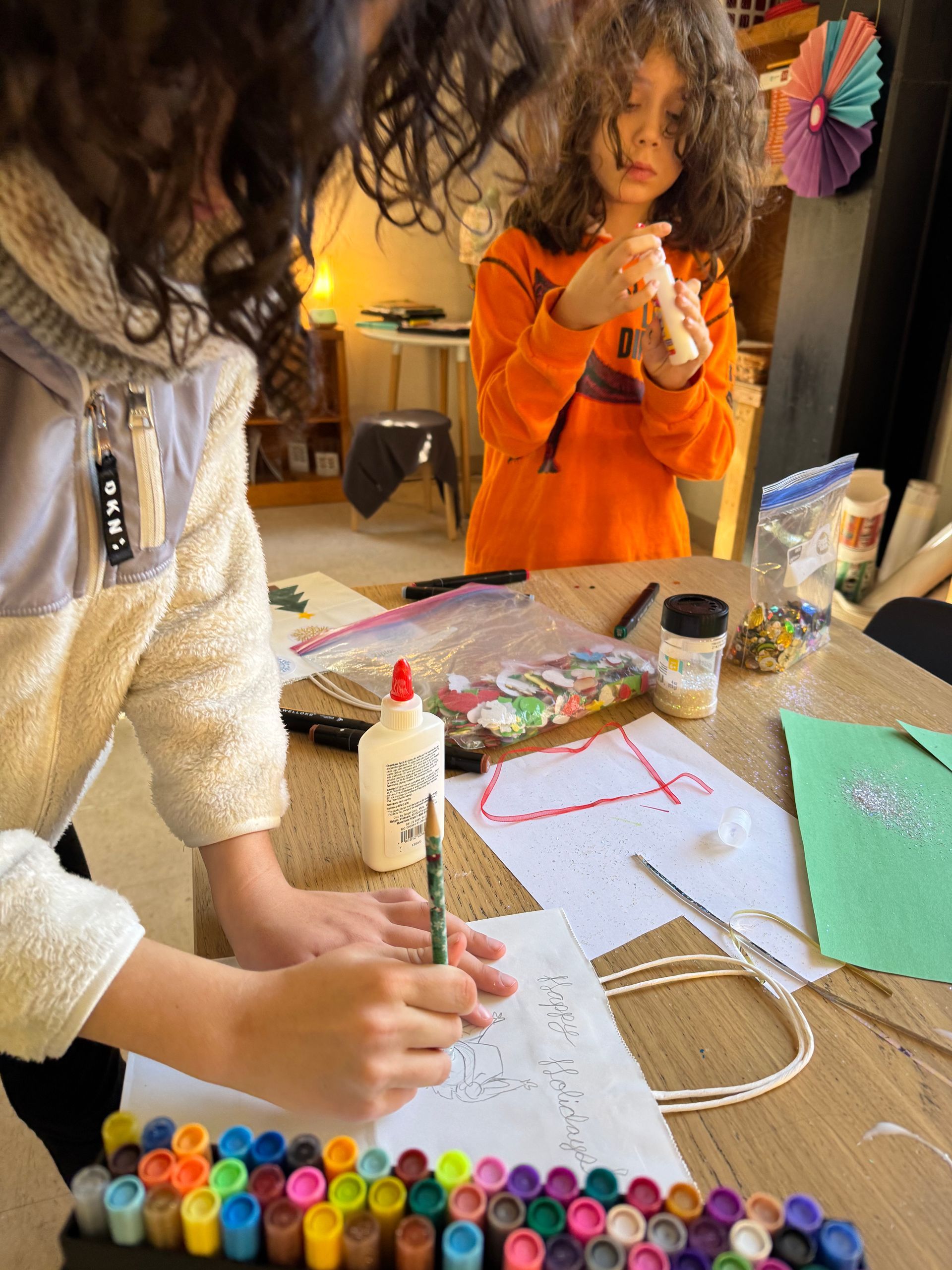
Nature Journaling in the Upper Elementary Classroom
In a Montessori Upper Elementary setting, integrating nature journaling with mindfulness practices can be a powerful way to engage students with the natural world while fostering concentration, observation skills, and a deep connection to the environment.
Each nature journaling session begins with a grounding exercise. Students focus on their senses by noting five things they can see, four things they can hear, three things they can feel, two things they can smell, and one thing they can taste. This helps anchor them in the present moment.
Next, students find a quiet spot in nature and spend 10 - 15 minutes silently observing their surroundings. They can take notes on what they notice, focusing on details like colors, shapes, textures, and movements. The children also listen to the sounds of nature. This could include bird calls, rustling leaves, or the flow of water. They can describe these sounds in their journals.
Now the students can begin their journaling. Students are able to:
- Draw and sketch: Students may sketch plans, animals or landscapes, paying attention to detail and what they observe.
- Writing reflections: After their observations, students can write about their experiences, what they noticed, and how it made them feel.
Nature journaling affords students the opportunity to engage in self-directed learning, make interdisciplinary connections, and gain the opportunity to reflect and share. This approach aligns with Montessori principles by nurturing independence, encouraging hands-on learning, and fostering deep respect and connection to the natural world.
By Ms. Emily, Upper Elementary Educator


